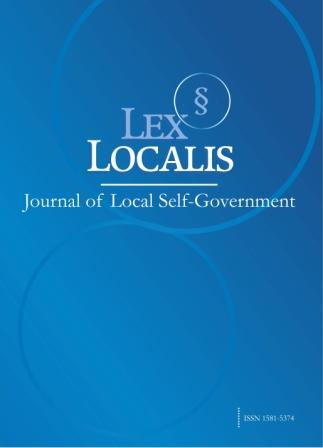A MACHINE LEARNING ENSEMBLE APPROACH FOR INTERFERENCE REDUCTION AND THROUGHPUT ENHANCEMENT IN CRNS
DOI:
https://doi.org/10.52152/Keywords:
Machine Learning, Random Forest, Deep Neural Network, Ensemble Learning, Wireless Communication, Feature Selection.Abstract
Despite Cognitive Radio Networks' (CRNs) potential as a solution to spectrum shortages, problems including interference and poor spectrum usage continue to plague the technology. In order to improve CRN throughput and decrease interference, this research presents a new machine learning ensemble method that mixes Random Forest (RF) with Deep Neural Networks (DNN). They used a high-fidelity network simulator to create a dataset that mimics real-life multi-user CRN settings with main and secondary users. Signal strength, user movement, noise, and spectrum availability are some of the dynamic characteristics included in the dataset, which contains over 10,000 occurrences. Thorough pre-processing was performed on the data, which included normalization, mean imputation, and hybrid feature selection utilizing RF significance ranking and Recursive Feature Elimination (RFE). To handle structured data, the ensemble model uses RF's strengths, and to capture complicated patterns, it uses DNN's deep learning skills. Standard classification measures (accuracy, precision, recall, F1-score) and domain-specific indicators (throughput, interference level, etc.) were used to evaluate the model. In order to improve spectrum management, decrease signal interference, and increase network throughput in CRNs, the suggested ensemble model proved to be more effective than standalone approaches.
Downloads
Published
Issue
Section
License
Copyright (c) 2025 Lex localis - Journal of Local Self-Government

This work is licensed under a Creative Commons Attribution-NonCommercial-NoDerivatives 4.0 International License.








